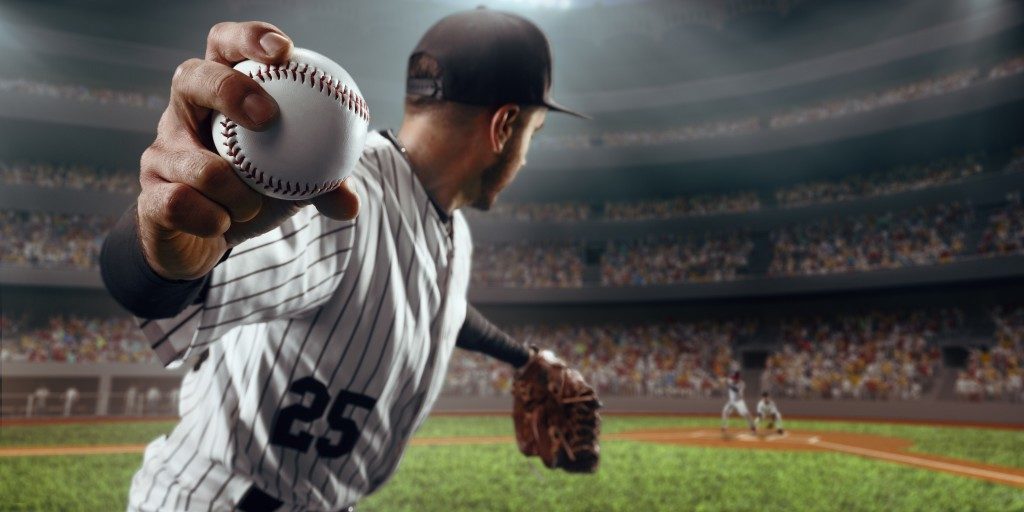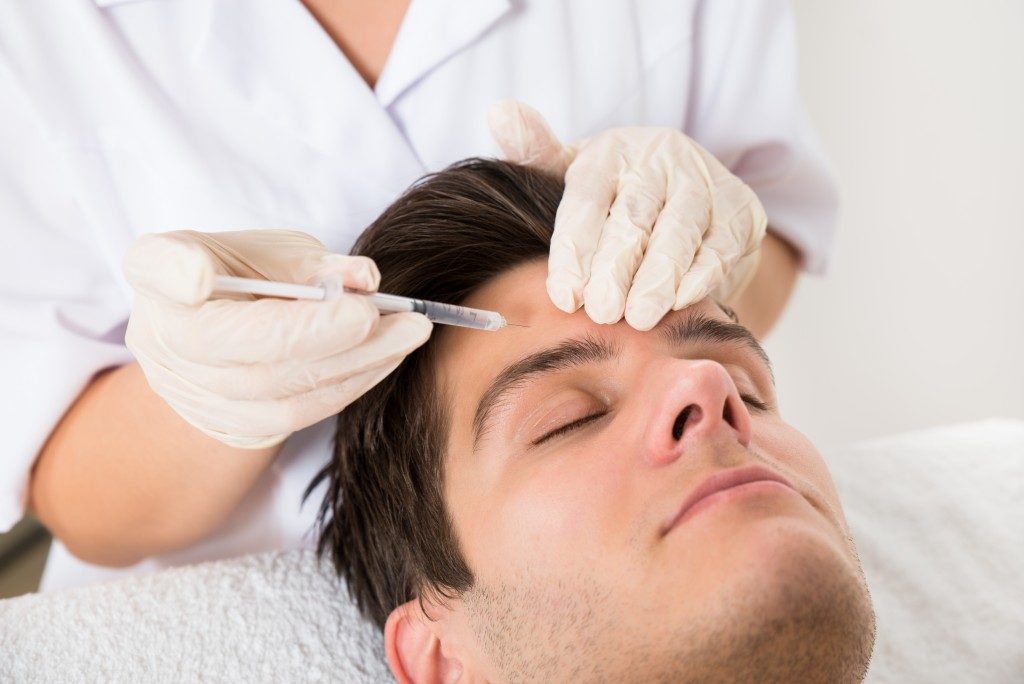Baseball players like you often train and play every day, especially when a season is up and coming. This puts a lot of strain on your body, causing wear and tear that result in injuries. Aside from that, you also get exposed to accidents in-game that can cause you even more injuries.
So how do you prevent this? First, know the types of injuries you are prone to when playing the sport. When you know the causes of common baseball injuries, learning how to prevent them follows.
Head Injuries
When two players collide with each other or a player gets hit by a ball, concussion and other head traumatic injuries may happen. Symptoms of a concussion include nausea, headaches, loss of memory, dizziness, and balance issues, among others.
How to Prevent: Ensure you are wearing properly fitted catcher’s mask and batting helmet. Avoid collisions, stay alert, and practice protecting yourself from line drives.
Dental Injuries
Just like in head injuries, dental injuries such as tooth fractures and tooth intrusion, extrusion, and avulsion usually occur when players collide with each other or get hit with a ball.
How to Prevent: A baseball mouthguard helps prevent most injuries.
Overuse Injuries
This kind of injuries happens due to wear and tear of body parts that baseball players often use. Since athletes often focus on one sport and train year-round, they get prone to such injuries.
Common examples of overuse injuries include rotator cuff tear and torn labrum on the shoulders; ulnar collateral ligament (UCL) sprain on the elbows; and torn meniscus and torn anterior cruciate ligament (ACL) on the knees.
How to Prevent: Below are some tips to prevent wear and tear.
- Don’t pitch on consecutive days
- Don’t play year-round
- Limit the number of teams you play in one season
- Warm up properly
- Switch positions besides pitcher
- Observe age-appropriate pitching and adhere to pitch count guidelines (See table)
- Don’t pitch with elbow or shoulder pain, if the pain persists, see a doctor
- Never use a radar gun
- Communicate with an athletic trainer or sports medicine professional when you feel body pain
- Emphasize control, accuracy, and good mechanics
In the table below, Pitch Smart recommends established guidelines for pitching and throwing for youth baseball. Pitch Smart is a Major League Baseball and USA Baseball initiative that helps players, coaches, and parents to prevent overuse.
Ankle Sprains
 Baseball involves running that may result in the ankle rolling and twisting beyond its normal range of motion. This can lead to an ankle sprain.
Baseball involves running that may result in the ankle rolling and twisting beyond its normal range of motion. This can lead to an ankle sprain.
How to Prevent: Strengthen your ankle, improve your flexibility, and work on your balance. Include exercises that focus on these key skills to prevent ankle sprains. You may also consider wearing ankle braces.
Muscle Strains
This happens when you overstretch muscles. Commonly strained muscles among baseball players include the abdominals, back, calves, quadriceps, and hamstrings.
How to Prevent: Establish a warm-up routine before you do strenuous exercises.
Playing baseball is fun, but like any other sport, it can cause you injuries if you don’t observe caution and wear the proper gears. Always put safety first to better enjoy the game.









